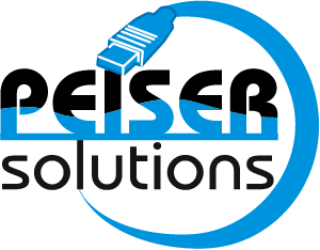By Dave Peiser
It seems that the big brains at Microsoft decided to change the way the "Network Places" function works in Windows 7. With WIndows XP, once you had a list of places you had visited, the list stayed in the Network Places list. Windows 7 dynamically creates this list based on what it sees is available on the network.
While one might think this is a good thing (only showing what it truly available on the network), it doesn't always work. In particular, if you have something funky going on and restart your network router, systems that were previously unavailable might become available, but they don't show up in the list. There's also no way to look at all systems in a workgroup.
So how to deal with this?
It is possible to create shortcuts to network locations that will stay available, just like they did in Windows XP. The following instructions will show you how to create a shortcut on your desktop that opens up this list. It is important that the items on this list are reachable on the network when you do this (for example, you can ping them or manually open a folder up with a run command). If you're not sure if the systems are available, just follow these instructions and if the instructions work, you should be fine!
Step 1.
Right-click on a blank area on your desktop. Select New / Shortcut
In the box, put: explorer.exe shell:NetHood
Click Next
Change the name from explorer.exe to Network Places
Click Finish
Step 2.
Double-Click on this new shortcut. A blank window will open up
In the empty white area, right-click. Select New / Shortcut
For location, you will type the name of the computer you want to connect to, with \\ before the name. So if the computer you want to connect to is "JOESPC" then type \\JOESPC One thing to note here – sometimes systems have a long descriptive name, such as "Joe's Dell PC in the back bedroom". The long name will not work – you need to use the shorter windows name.
Click Next
Click Finish
If you have more locations you need access to, just repeat step 2. This list will now also appear if you go to "Computer" under a section labeled "Network Locations"
I want to give some credit for some of this post to the info I found in this thread: http://social.answers.microsoft.com/Forums/en/w7desktop/thread/02f34043-8115-415e-a94e-e2d41c98b8a8
Please let me know if this works for you, or doesn't work for you!

